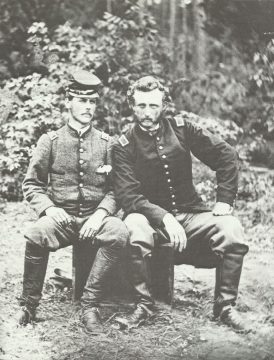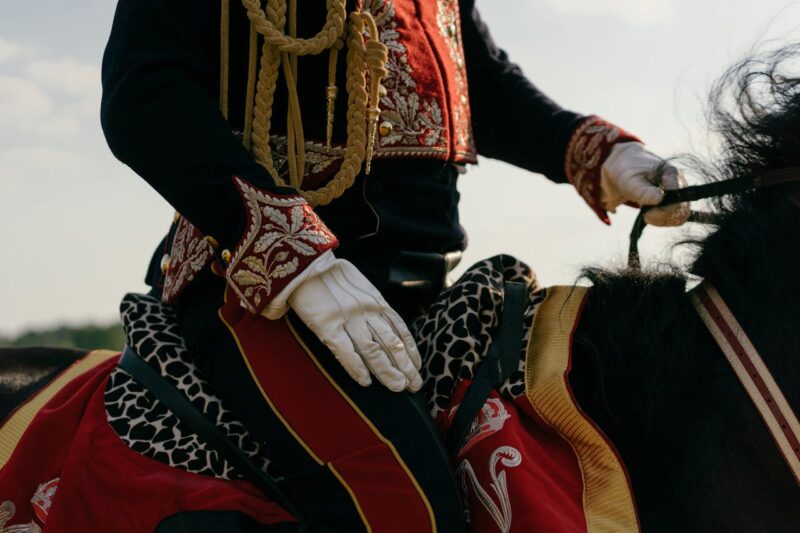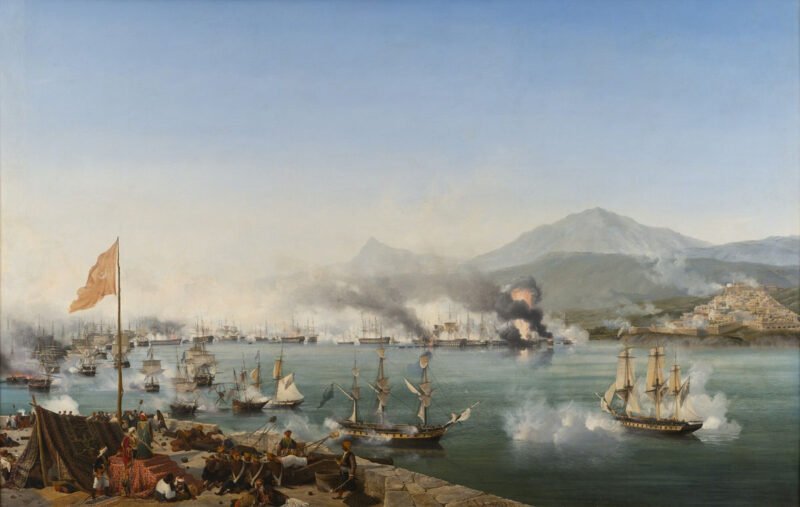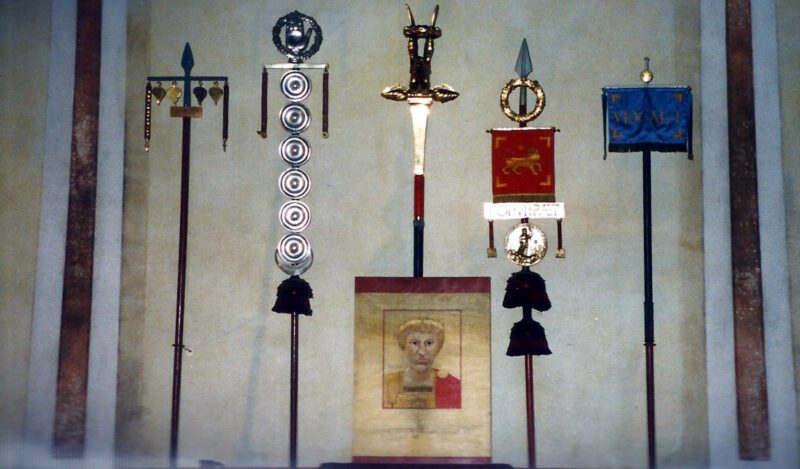History of the American Civil War (1861-1865).
Causes and developments leading to the Civil War and events in the first year of the war, 1861.
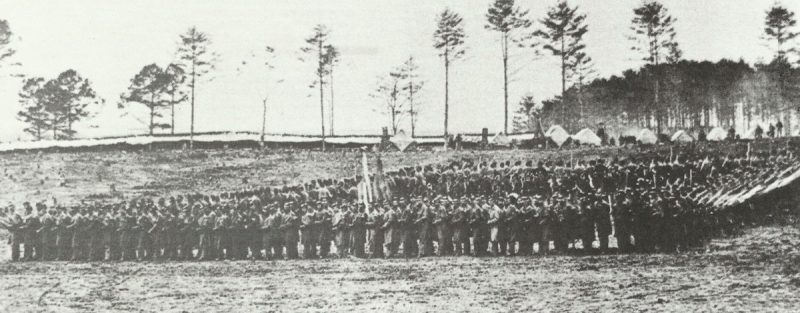
The American Civil War of 1861 to 1865 was the most devastating war ever fought on American soil. The losses exceeded even those suffered by the USA in the First or Second World Wars.
The American Civil War 1861-1865
Table of Contents
The American Civil War, fought from 1861 to 1865, was a pivotal conflict in United States history. It arose primarily from tensions surrounding slavery, states’ rights, and economic disparities between the North and South.
Overview
Key Causes:
– Slavery: The Southern economy relied heavily on agriculture and slave labor, while the North was more industrialized and increasingly opposed to slavery.
– States’ Rights: Southern states advocated for greater autonomy and the right to govern themselves, particularly regarding the legality of slavery.
– Economic Differences: The North’s industrial economy contrasted sharply with the South’s agrarian economy, leading to differing interests and policies.
– Political Tensions: The election of Abraham Lincoln in 1860, who was seen as anti-slavery, triggered the secession of Southern states.
Major Events:
– Secession: Following Lincoln’s election, seven Southern states seceded from the Union, forming the Confederate States of America.
– Fort Sumter: The war officially began on April 12, 1861, when Confederate forces fired on Fort Sumter in South Carolina.
– Major Battles: Significant battles included the First Battle of Bull Run, Antietam, Gettysburg, and Vicksburg. The Battle of Gettysburg (July 1863) is often cited as a turning point in the war.
– Emancipation Proclamation: Issued by Lincoln in 1863, it declared the freedom of all slaves in Confederate-held territory, adding a moral imperative to the Union war effort.
Conclusion of the War:
The war ended on April 9, 1865, when Confederate General Robert E. Lee surrendered to Union General Ulysses S. Grant at Appomattox Court House. The conflict resulted in significant loss of life, with estimates of 620,000 to 750,000 soldiers dead and countless civilians affected.
Aftermath:
The Civil War led to the Reconstruction era, during which the Southern states were gradually reintegrated into the Union. The 13th, 14th, and 15th Amendments were passed, abolishing slavery and granting citizenship and voting rights to African Americans. However, the legacy of the war and its unresolved issues continued to impact American society for generations.
Division of the USA
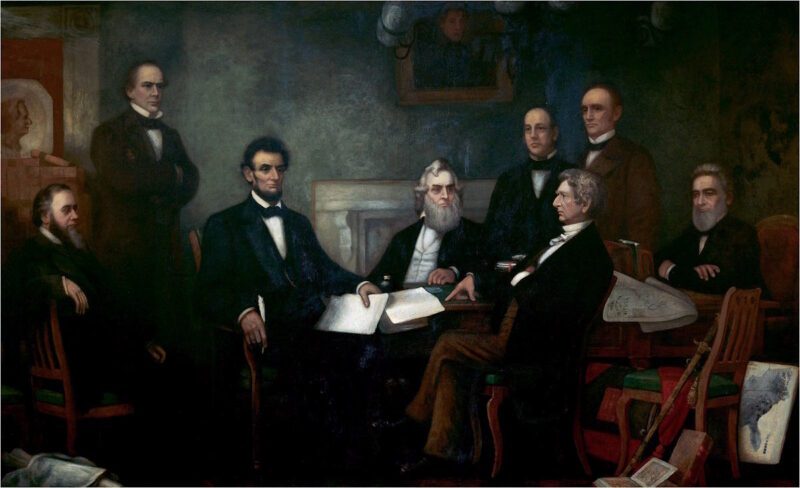
By the end of the 1850s, the United States of America was already sharply divided. The states in the north, especially those on the east coast, were democratic and forward-looking, with large numbers of European immigrants, and their economies were based on industry and, in the states further west, on agriculture.
In the Southern States, on the other hand, ideas ranging from reactionary to almost medieval feudalism prevailed. Their economy was mainly based on cotton farming, but by the end of the 1850s they realized that they were gradually becoming the ‘poor relatives’ of the North.
The main bone of contention, however, was the issue of slavery, which was outlawed in the North but was part of the essence of the country in the South. An anti-slavery movement was growing in the Northern states, given a strong boost in 1851 by Beecher-Stowes’ emotionally charged best-selling novel Uncle Tom’s Cabin.
However, earlier, in 1844/1845, the Methodist and Baptist churches had split over the slavery issue, and more interstate ties followed.
Therefore, in the 1850s, literature and newspapers from the North were increasingly excluded from importation in the South.
The attitude of large sections of the population in the North towards slavery first culminated in violence in 1859, when the religious fanatic John Brown took control of the US military armory in Harper’s Ferry in order to use the weapons found there to launch a ‘religious crusade’ to free the slaves in the South. However, after a fierce battle against US Marines under the command of Colonel Robert E. Lee, Brown was captured and hanged for treason.
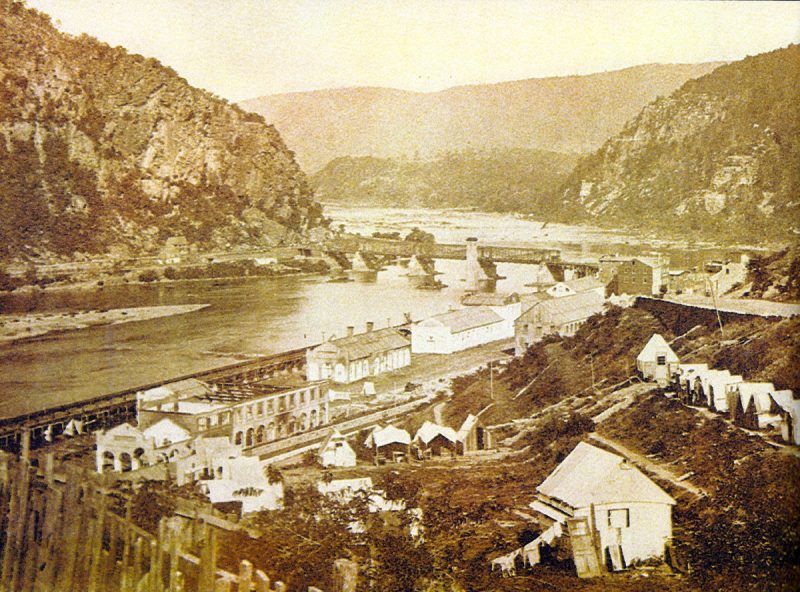
Brown’s death caused considerable outrage among opponents of slavery, and it was clear that the coming presidential election would focus on the issue of slavery. In particular, the issue was how slavery should be handled in the new territories in the West.
Nevertheless, when the Republican candidate Abraham Lincoln, who was more moderate on the slavery issue, was elected president, the Southern states saw only one way to preserve slavery and thus preserve their agricultural economy under the motto ‘Cotton is King’: secede from the Union and form their own independent nation.
However, the mass of ordinary residents in the South were not slaveholders, and they saw the dispute as just another attempt by the North to subdue and further exploit the economically dependent Southern states. There was also constant unrest among the white inhabitants in the South because of the danger of slave revolts, so they wanted to maintain the ‘status quo’ as long as possible.
However, by 1860 it was clear to almost everyone that the days of slavery were numbered and that sooner or later a gradual abolition would take place over the next ten to fifteen years.
From a social point of view, this would have made more sense than the sudden liberation of all slaves, which had led to mass impoverishment, racism, slums in the industrial cities of the North and the uprooting of entire population groups.
Thus, as early as 1861, there were objections that the housing of the American coloreds in the slums of the North, where they had to toil in the ghastly factories, was hardly much more humane or democratic than in the South. In addition, many of the whites in the North had similar strong prejudices and racist attitudes towards the coloreds as was the case in the South. The treatment of the colored Union volunteer regiments in the later stages of the war demonstrated this clearly.
Thus, on 20 December 1860, the South Carolina legislature declared the state an independent commonwealth, no longer a member of the Union. Such a decision was a thorn in the side of Northern politicians, who regarded the Union as an indivisible whole. However, South Carolina was soon followed by Mississippi, Florida, Alabama, Georgia, Louisiana and Texas. They joined together to form the Confederate States of America and elected Jefferson Davies as their president on 9 February 1861.
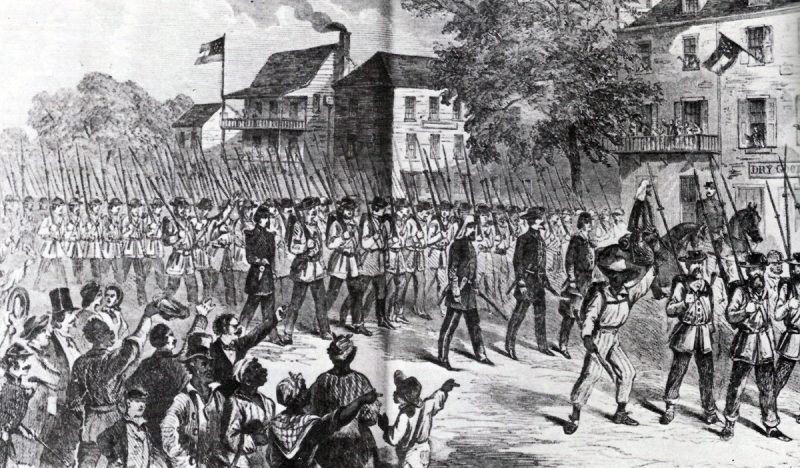
It was clear to everybody that the North would not accept the secession of such a large part of the country without a word, so two days after Lincoln’s inauguration, President Davis called for 100,000 one-year volunteers. By mid-April 1861, the Confederacy already had 35,000 men under arms, a force twice as large as the small Union army.
Lincoln made an attempt to supply and reinforce the US garrison at Fort Sumter in Charleston harbor, which led to an artillery bombardement by South Carolina forces under General Beauregard.
On 14 April, Fort Sumter surrendered, and the following day Lincoln called for 75,000 volunteers to put down the rebellion.
Virginia – still part of the Union – designated this call as an act of war against the secessionist Southern states and joined them itself, followed by Arkansas, Tennessee and North Carolina. By 20 May 1861, eleven states were in armed open rebellion, while Kentucky declared its neutrality on 24 May. As a countermeasure, Lincoln proclaimed a blockade of southern ports.
The opponents
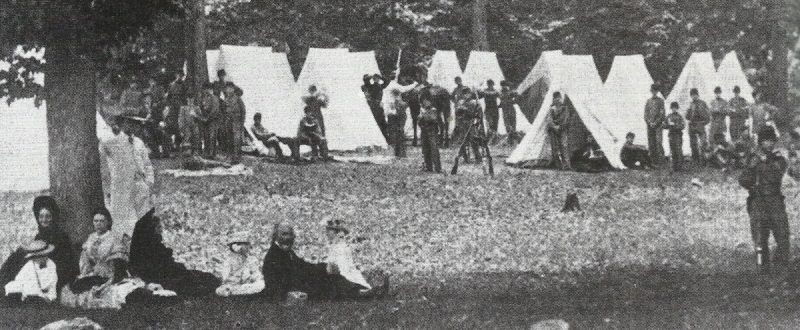
On paper, the twenty-two Northern states had overwhelming superiority. Their population, for example, was 22 million people compared to only 5 1/2 million whites in the South. The North had both agriculture and heavy industry, while the Confederacy depended on exporting its cotton, sugar and tobacco in return for material supplies it could hardly produce itself.
The increasing blockade of the Union fleet exerted a stranglehold from which the South could never free itself. This caused a shortage of weapons, ammunition and equipment that grew worse as the war progressed.
The Confederate ‘army’ at this point consisted entirely of new recruits and local militia and volunteer companies, poorly trained and equipped, and reinforced by 313 professional officers who had left the US Army after their home states seceded. Only twenty-six other enlisted ranks deserted to the Confederacy.
In the early months of the war, the North also had to rely on its militia companies, as the regular army was small and spread out over the western border areas and the east coast.
When the war broke out, the Union had only four warships in northern waters, while the Confederacy had no ships at all. There were only a number of ‘renegade’ naval officers and little opportunity to build ships in the south, as the main shipyards were all in the north.
President Lincoln’s wife had a brother, three half-brothers and three brothers-in-law in the Confederate army.
At Gettysburg, the Union 7th West Virginia Regiment under the command of Lieutenant Colonel Lockwood attacked the Confederate 7th Virginia Regiment. One of the Confederate officers wounded and captured was Colonel Lockwood’s nephew.
But the tragedy that gripped the entire nation is best illustrated by the case of Captain Franklin Buchanan, commander of the C.S.S. Virginia, which sank the U.S.S. Congress in March 1862. Buchanan’s brother was purser of the Congress, who died in the sinking of the ship.
Such tragic events were repeated throughout the war. At Shiloh, for example, a young soldier from Kentucky was said to have been seen pointing at the enemy lines and shouting to his brother: ‘Wait, Bill, don’t shoot any more! There’s father!’
The first battles
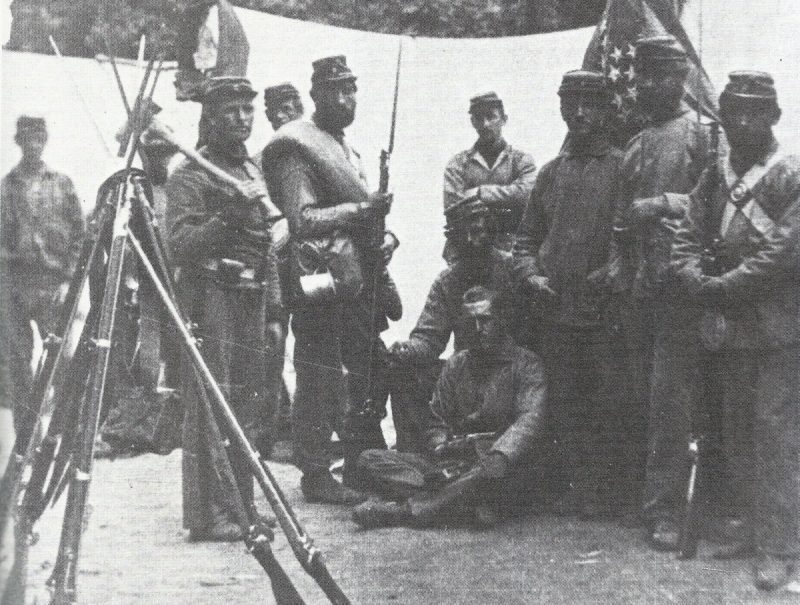
On 20 April 1861, the Virginia militia captured the Norfolk Navy Yard, the possession of which was a major success for the Confederacy. Additional, they were able to capture the old steam frigate Merrimack and large stocks of heavy weapons.
In May, even the US federal capital Washington was briefly threatened by the Southerners. In contrast, a Confederate threat to St. Louis on the Mississippi was repelled at Boonville on 1 June. Throughout June, skirmishes had already occurred in West Virginia.
The first and most important theater of war became the area around the two capitals of Washington and Richmond in Virginia, where the latter became the seat of the Confederate government.
General McDowell moved out on 19 July with 38,000 Union soldiers, which included less than 2,000 regulars, to attack Beauregard. The latter stood with 20,000 Confederates near Centerville in Virginia.
Unaware that Confederate General Joseph Johnston had arrived with 12,000 reinforcements, McDowell attacked at the First Battle of Bull Run with a battle plan too complicated for his untrained and inexperienced militiamen.
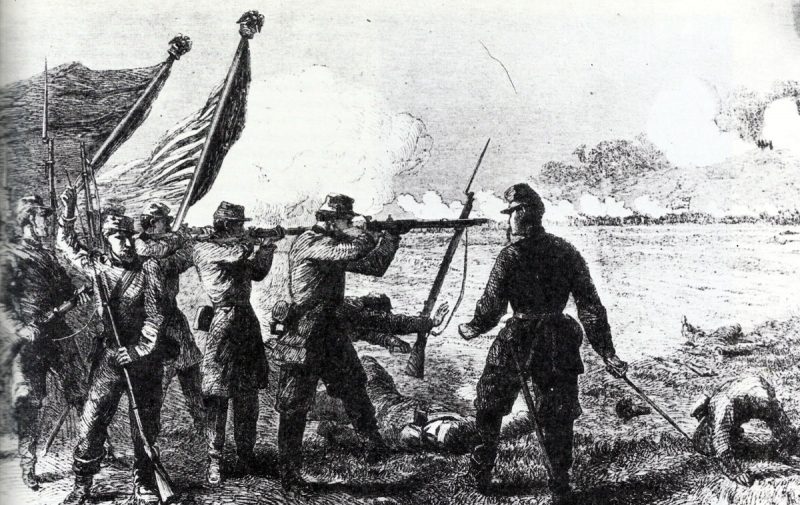
His attack was brought to a halt by General Thomas J. Jackson’s Virginia Brigade. Jackson was described as ‘as steadfast as a stone wall’, impervious to Union attacks, earning him his famous nickname ‘Stonewall-Jackson’.
When Johnston’s reinforcements arrived by rail, a significant innovation in the history of warfare, McDowell’s volunteers were outflanked and fled in panic.
The few regular US soldiers covered the militia retreat, but President Davis forbade any pursuit that might have led to the capture of Washington, the federal capital, had it been allowed.
Subsequently, McDowell was replaced in the Union by General McClellan, who set about reorganizing and forming what would later become the ‘Army of the Potomac’ so that the debacle of First Bull Run would not be repeated.
On 10 August 1861, Union General Lyon stopped the Confederate advance west on Missouri at Wilson’s Creek, but at the cost of his own life.
In mid-September, General Robert E. Lee, who was the man who had captured John Brown at Haper’s Ferry in 1859 and was now part of the Confederate army, was repulsed by Union troops at Cheat Mountain in an attempt to retake West Virginia. Before Lee’s defection to the Confederacy, US President Lincoln had even offered him command of Union troops, which he declined.
On 2 October, a small Union force was destroyed at Balls Bluff, but on 7 November, Union General Ulysses S. Grant overran Belmont in a hit-and-run advance, ending Confederate pressure on Missouri.
1861 thus ended without further military action. McClellan was appointed commander-in-chief of the Union, replacing the old hero Winfield Scott, who had retired because of his advanced age. This was an unfortunate decision on the part of the Union, for Scott, even a native Southerner, was still the most capable military mind in the country despite his advanced age.
References and literature
Der US-Bürgerkrieg 1861-1865, Soldaten, Waffen, Ausrüstung (Jan Boger)
Uniforms of the American Civil War (Philip Haythornthwaite)
dtv-Atlas Weltgeschichte (Band 2 – Von der Französischen Revolution bis zur Gegenwart)
The Army of Northern Virginia (Philip R. N. Katcher)
American Civil War Armies (4): State Troops (Philip Katcher)





